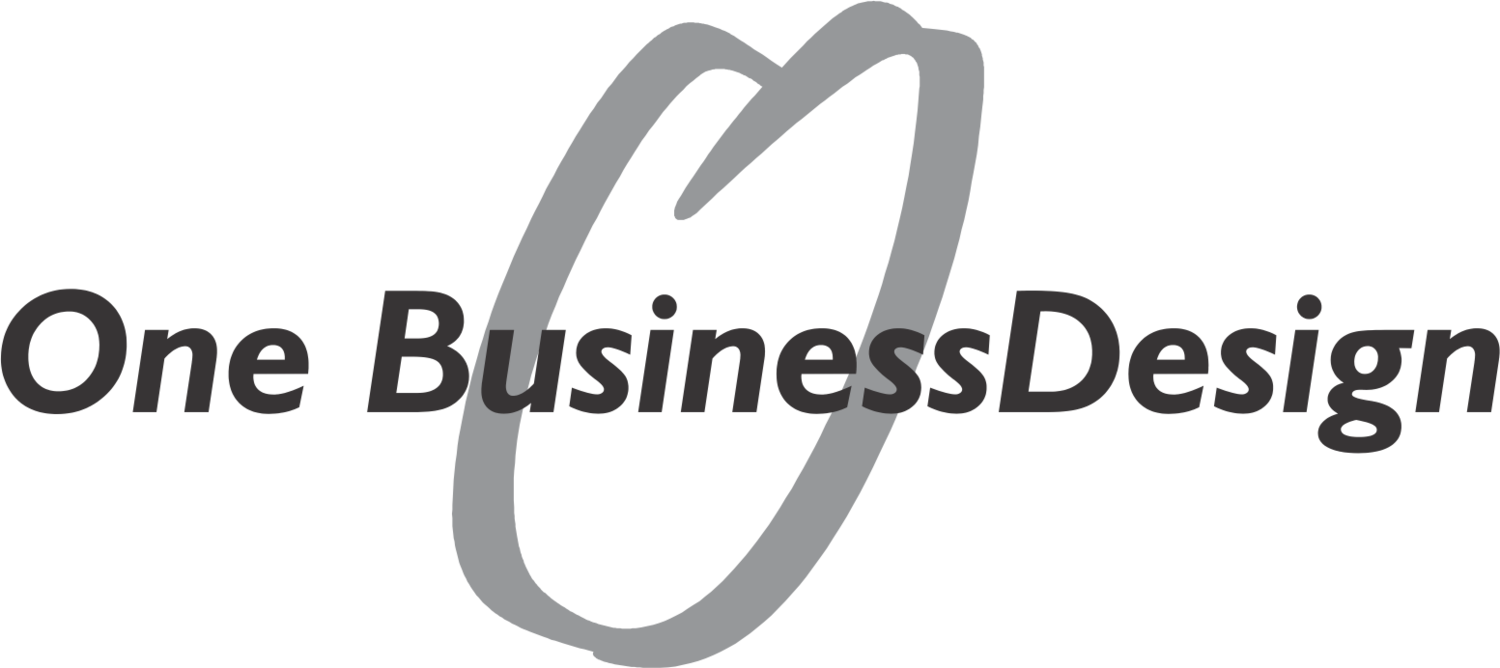Persistence
In my continued effort to find, study and review the ever increasing academic journal articles on Design Thinking I came across a great article by Brian Lucas and Loran Nordgren, from the Journal of Personality and Social Creativity, entitled “People Underestimate the Value of Persistence for Creative Performance”. An overview is that persistence is typically not seen as an attribute of creativity by some and therefore is not valued. First I will talk about the article and then follow up with an experience I was involved in.
If you are interested in purchasing the article, you can find it here: http://www.ncbi.nlm.nih.gov/pubmed/26191961
Lucas and Nordgren’s research involved seven studies and are followed up with statistical calculations, that if you enjoy that kind of stuff I hope you will get the article.
Their initial question was:
“Although the link between persistence and creativity is well supported by anecdotes, theory, and research, less is known about whether people recognize the value of persistence in everyday creative problem solving. That is, do people accurately predict how much persistence benefits their own creative performance?"
Note: The word “Disfluency” is used a lot in this article, so let me give the definition: In the world of cognitive thought disfluency means - the task is difficult and requires additional mental effort. Because there are no set start/stops and known conclusions in a creative endeavor, an increase in mental effort is needed.
Lucas and Nordgren discuss how, during creative tasks, it is very hard to know how much longer it will take to get to an answer than in a non-creative task. Some of you will say “Duh!” to this but bear with me.
They follow with:
“To summarize, creative thought is a trial-and-error process that generally produces a series of failed associations before a creative solution emerges. Furthermore, the associative thinking people draw on during the creative process makes it difficult to assess progress toward a solution. We argue that these features lead people to experience creative thought as effortful and they lead people to feel like additional ideas or solutions will be difficult to generate. In other words, creative tasks are experienced with an inherent level of disfluency that is produced by the creative thinking required to work through those tasks.”
The studies included idea generation sessions (with high to low levels of creativity), followed by having participants gauge where they were in the process, fluency rating, performance predictions, domain knowledge/experience effect and the choice of investment in persisting.
After the seven studies, their conclusion was:
“We found that people consistently underestimate the value of persisting on creative tasks and provided evidence that the disfluency of creative thought accounts for this effect. This suggests that adjusting beliefs about the value of persistence may promote creativity by reducing the possibility that people quit too early, leaving their best ideas undiscovered.”
My Example:
I was working with three CEOs and a VP from companies that were creating a new software company. These included the sister company, the VC entity and an outside company that was a partner in the endeavor.
We began at 9AM and through the course of the day we the below exercises to get them to diverge and think about the entire ecosystem that the new venture would be built on and exist in (pictured below):
1) Business Model Canvas with Visual Risk Assessment – They had done the Business Model Canvas previously but not the Visual Risk Assessment.
2) SWOT Analysis – They had done one before, but the previous facilitator had not mentioned that Strengths and Weaknesses were internal facing and Opportunities and Threats were external facing, so we got a very different result.
3) Customer Journey Map
4) Innovation Sectors
At 3PM we were in the middle of Innovation Sectors. The participants were looking at their watches and even I was getting a little nervous. Then the Aha! Moment happened. Suddenly everyone was in full innovation mode and we designed and mapped out the company; its products and services, organizational structural needs and strategic messaging in the last hour and a half. The map was in the style of an American football field (pictured below). Everyone walked away very pleased and one of the CEOs said “If I had not been part of this process and walked in before 3PM, I would have thought everyone was wasting their time. Because I was part of the process I really see its power.”
Photo above: Divergence exercises on wall. Final plan (convergence) on floor.
So I was a success, but next time it helps to know the science behind the “magic”.
And for those who I may work with in the future – This is why I ask for a two day session instead of one. Bear with me. Persistence pays off.

